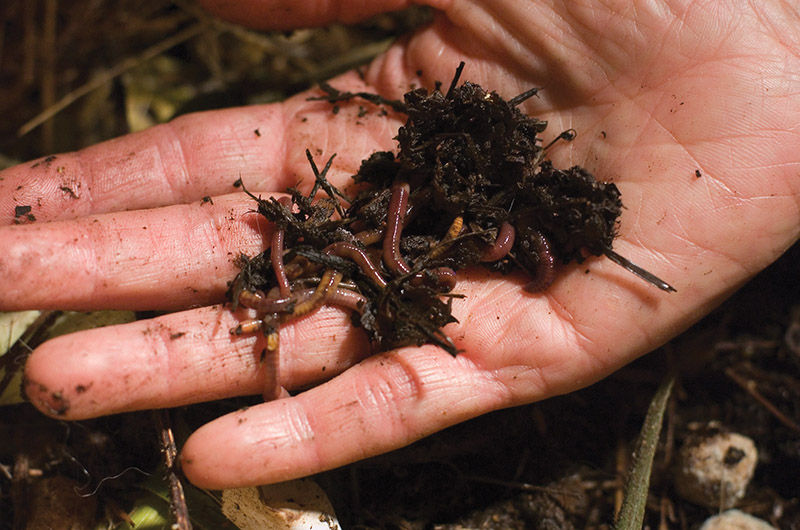Easy-to-care-for red worms: Transform organic waste
Easy-to-care-for red worms: Transform organic waste
Blog Article
Red Wigglers: Your Eco-Friendly Service for a Greener Yard
Red wigglers, or Eisenia fetida, offer a lasting approach to improving garden health via vermicomposting. By integrating red wigglers right into your horticulture methods, you can efficiently handle waste while supporting a lively environment.
(red wigglers for composting)
What Are Red Wigglers?
Although frequently mistaken for routine earthworms, red wigglers (Eisenia fetida) are an unique species understood for their effectiveness in composting raw material. These worms prosper in rich, organic atmospheres, such as garden compost heaps and vermicomposting systems, where they play a vital role in damaging down waste. Unlike their more typical counterparts, red wigglers like a warmer habitat, typically in between 55 ° F and 77 ° F, which optimizes their activity and performance.
Red wigglers are identified by their reddish-brown coloration and segmented bodies, which can mature to four inches in size. They possess a distinct capability to consume and absorb organic materials at an excellent price, refining approximately half their body weight daily. This quick decay process not just enhances the soil yet additionally adds to the total wellness of the garden community.
In regards to recreation, red wigglers are respected, capable of generating cocoons that consist of several eggs. This enables for quick populace development, making them a suitable option for composting endeavors. Their versatility and ravenous hunger for natural waste placement red wigglers as a necessary ally for environmentally aware garden enthusiasts looking for sustainable techniques.
Advantages of Making Use Of Red Wigglers
Making use of red wigglers in the yard supplies numerous advantages that boost both soil quality and plant health. These earthworms are remarkable decomposers, damaging down natural issue such as kitchen scraps and lawn waste into nutrient-rich castings. These castings, usually referred to as "worm gold," provide important nutrients that boost dirt fertility, promoting lively plant development.
Red wigglers likewise improve soil framework. Their burrowing activity freshens the dirt, assisting in much better water seepage and origin infiltration. This leads to a healthier root system, which is essential for nutrient uptake and general plant vigor. Furthermore, the visibility of red wigglers enhances microbial activity in the soil, developing a flourishing ecosystem that adds to disease resistance and improved plant health.
One more significant advantage of using red wigglers is their capability to reduce waste. In summary, integrating red wigglers into horticulture techniques returns substantial advantages, making them a useful enhancement to any kind of eco-conscious garden.
(red wiggler worms for sale near me)
How to Beginning Vermicomposting
To start vermicomposting, it's necessary to create a suitable setting for red wigglers to thrive, as their success straight affects the efficiency of the composting procedure. Begin by picking a container, such as a plastic or wood bin, with appropriate drainage and ventilation. A dimension of approximately 2 square feet is suitable for a family, allowing for a manageable worm populace.
Next, click here now prepare bedding material that is wet however not extremely wet. Shredded paper, cardboard, and coconut coir are excellent choices, giving a comfy environment while also acting as a carbon resource. Fill up the bin with 4 to 6 inches of bed linen.
After developing the bedding, present your red wigglers. A typical beginning population is regarding 1 extra pound of worms, which can take in roughly half a pound of food scraps daily. It is crucial to include food scraps slowly, concentrating on vegetable peelings, fruit waste, and coffee grounds, while avoiding meat, milk, and oily foods to stop smells.
Keeping a Healthy Worm Container
When your red wigglers are worked out right into their brand-new bed linen, maintaining a healthy and balanced worm container ends up being extremely important to ensure optimal composting conditions. Ideally, the worm bin ought to be maintained damp but not soggy; a humidity degree around 60-70% is optimal.
Temperature level control is equally crucial. Red wigglers grow in environments between 55 ° F and 77 ° F(13 ° C to 25 ° C) Avoid revealing the container to extreme temperature levels; severe heat can kill the worms, while extreme cold can slow their activity.
Oygenation is vital to avoid anaerobic problems, which can lead to undesirable smells and harm the worms. Transform the bed linens delicately every few weeks to advertise airflow and disperse food equally.
Feeding your red wigglers is one more crucial facet. Deal a balanced diet plan of kitchen scraps, preventing citrus and spicy foods, which can be destructive to their wellness. By on a regular basis keeping track of these variables, you can guarantee a successful ecological community within your worm bin.

Tips for Utilizing Worm Castings
Frequently incorporating worm spreadings right into your garden can considerably improve soil health and wellness and plant growth. To effectively utilize worm castings, begin by establishing the proper application rate, which typically ranges from 10-20% of the total dirt volume. This guarantees optimum nutrient availability without frustrating your plants.
When applying worm spreadings, blend them right into the top couple of inches of soil around established plants or integrate them into your seed-starting mix for new seed startings. This technique promotes origin development and enhances dampness retention. Furthermore, take into consideration creating a worm tea by steeping worm spreadings in water for 24-48 hours. This nutrient-rich fluid can be made use of as a foliar spray or soil drench, supplying an immediate increase to your plants.

Verdict
The application of red wigglers in horticulture practices provides a sustainable strategy to lose monitoring and soil enrichment. The assimilation of red wigglers into gardening regimens inevitably supports both ecological equilibrium and farming performance. red worms.
Report this page